The 10 Biggest Cloud Stories Of 2015
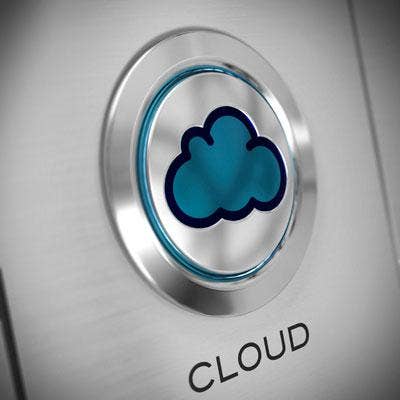
2015: The Year Cloud Matured
If 2014 was a tipping-point year in which the cloud finally won widespread acceptance throughout the enterprise, we may look back on 2015 as the year in which the cloud industry matured in a way befitting a mainstream technology.
While cloud adoption and revenue growth remained nothing short of spectacular, the market as a whole continued to consolidate, especially at the top, with a fewer number of so-called hyper-scale providers increasing their overall share.
Some vendors looked to partnerships or mergers to remain relevant and lay the groundwork for future success; others started trying to identify Plan B.
These are the deals, rivalries, partnerships, initiatives, conquests and failures of cloud companies that made their mark on the IT landscape in 2015 as an established order began to emerge.
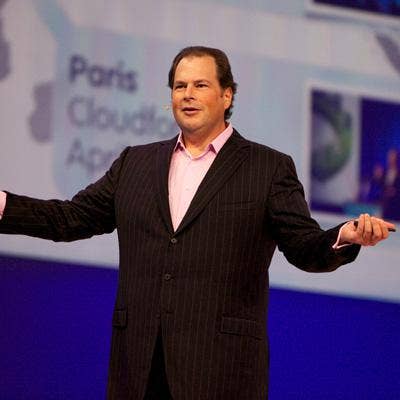
10. Salesforce Rejects Microsoft, Then Pals Around With Microsoft
Microsoft offered the whopping sum of $55 billion sometime early in the year to acquire Salesforce.com, according to reports citing anonymous sources that surfaced in May. It seems it wasn't nearly enough.
Salesforce CEO Marc Benioff (pictured), according to those reports, was looking for a number closer to $70 billion for his company -- more than $20 billion north of Salesforce's market capitalization at the time of the offer.
It seems no bad blood lingered from the failed acquisition attempt.
Salesforce and Microsoft, while competitors in some arenas, continued integrating products, and the two jointly invested in Informatica and InsideSales.
Benioff was treated as an honored guest at Microsoft's Build conference in San Francisco, and Microsoft CEO Satya Nadella delivered a keynote at Salesforce's Dreamforce event later in the year.
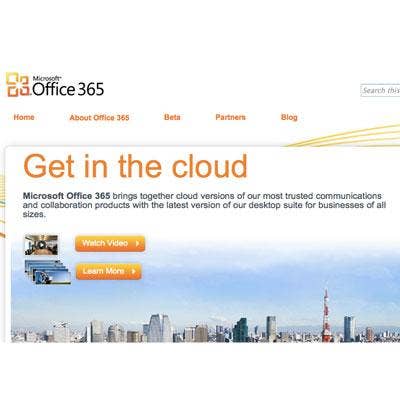
9. Office 365 Overtakes Google Apps
Google's first-mover advantage and technological superiority gave the Internet giant absolute pre-eminence in the cloud-based office tools market for years.
After Google Apps -- a suite of online apps like Docs, Sheets, Gmail and Drive -- pioneered the new software category, Microsoft fumbled around with efforts to translate its Office productivity suite to a cloud service.
It took years before Microsoft's contender, Office 365, became anywhere near comparable to Google Apps in terms of features and performance. But it looks like 2015 was the year the software giant from Redmond, Wash., finally caught up.
Bitglass, a cloud access security broker that tracks SaaS usage, concluded from traffic that analysis bots culled from 120,000 organizations that Office 365 had leapfrogged its groundbreaking rival.
"2014's underdog, Microsoft has surged ahead of Google, more than tripling its adoption from 7.7 percent in 2014 to 25.2 percent in 2015, besting Google's 22.8 percent," according to the Bitglass report.
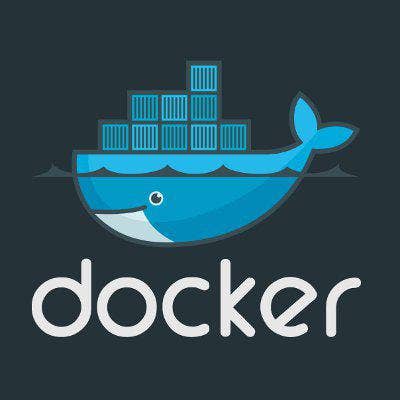
8. Docker Soars To New Heights
Docker has become such a mainstay of the contemporary IT landscape that it's easy to forget the company that reignited interest in application containers is still a fairly young startup.
What became clear in 2015 was that last year's meteoric ascension wasn't a lot of hype -- Docker's growth and rapid adoption throughout the enterprise data center continued, driven by the benefits in portability and manageability inherent in container-centric application deployments.
This year, Docker Inc., the commercial entity that sparked the container-tech boom, secured $95 million in funding in a Series D round, one of the largest ever for an open-source startup. That funding likely shot Docker's valuation above $1 billion, launching the game-changing developer into unicorn territory.
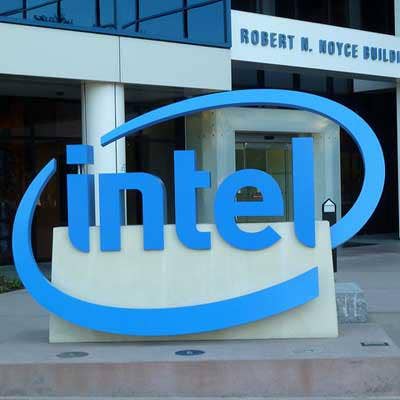
7. Intel's Tens Of Thousands of Clouds
An enterprise cloud landscape described by a small number of hyper-scale providers -- one in which hardware manufacturers are at the mercy of those few powerful buyers -- is a vision of the future that Intel is hoping to avert.
Anticipating the threat posed by cloud consolidation, the chip-maker launched an offensive this year to support OpenStack, a technology that levels the playing field.
Through the Cloud for All initiative, Intel began aggressively promoting advancement and adoption of the open-source cloud operating system.
The initiative manifested itself in a large investment in OpenStack startup Mirantis, and a joint R&D center with Rackspace to drive OpenStack innovation.
Intel says the goal of Cloud for All is to spawn tens of thousands of new clouds.

6. Nebula Collapses
The OpenStack community was jolted in April when Nebula, perhaps the highest-profile startup associated with the open-source cloud-building technology, announced it was closing its doors.
Nebula had prominent venture capitalists behind it, a boatload of hype, and the imprimatur of founder Chris Kemp, who as CTO at NASA played a seminal role in the creation of OpenStack.
The company's unexpected demise sent a shock wave through the OpenStack community and immediately sparked a larger debate about the viability of OpenStack, both as an enterprise-ready technology and as a business strategy.

5. Dell-EMC-VMware Blockbuster
This year's blockbuster tech deal will reverberate through the cloud market for years to come.
In addition to becoming a majority owner of VMware -- and its still fledgling VCloudAir public cloud -- Dell also will take control of Virtustream, an innovative Infrastructure-as-a-Service platform with serious enterprise chops that EMC recently shelled out $1.2 billion for.
While the prospect for pairing the VMware and Virtustream platform was bandied about, it's increasingly looking like that union wasn't meant to be.
As competition among rival cloud providers gets increasingly bloody, post-merger Dell will have the means to change battleground dynamics through its influence as an infrastructure vendor and as a service provider, industry experts tell CRN.
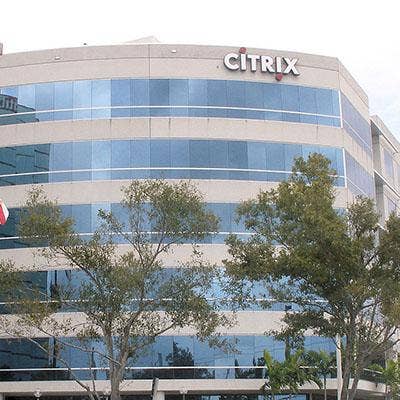
4. Citrix Gets An Activist
Citrix Systems has been trying to find itself in the cloud era for a while now.
The soul-searching was kicked into a new gear in June when New York-based hedge fund Elliott Management, led by intrepid portfolio manager Jesse Cohn, revealed to the Securities and Exchange Commission a 7.1 percent stake in the company, and a vision to remake the virtualization vendor.
Partners weren't happy the established software vendor was under the thumb of an activist investor -- but at the same time they didn’t exactly oppose many of Elliott's suggested changes.
The revamping of Citrix has already started -- longtime CEO Mark Templeton is out and the company said it will spin off its popular GoTo line of SaaS products.
At the same time, Citrix is positioning a new product, Workspace Cloud, to carry its flag into the cloud.

3. Rackspace Makes Friends
Rackspace Hosting swam into uncharted waters by inking deals to make its "Fanatical" brand of technical support available for workloads running on two rival clouds: Microsoft Azure and Amazon Web Services.
Rackspace CEO Taylor Rhodes (pictured) joined Microsoft CEO Satya Nadella on stage in July at Microsoft's partner conference to announce the new partnership. In October, the deal with AWS was revealed at the re:Invent conference.
Some interpreted the pacts as deft business pivots; others as Rackspace throwing in the towel on its own cloud.
While the partnerships will allow Rackspace to start selling a high-margin services product to a massive customer base, many wonder what happens to the provider's core hosting business when the support component that draws so many customers can be procured from competitors?
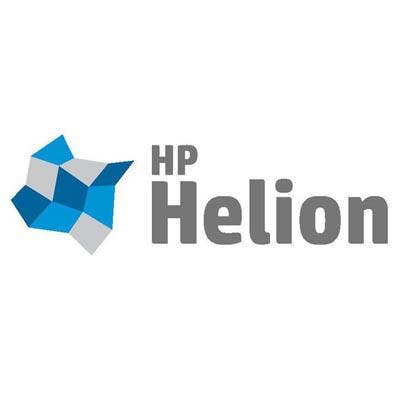
2. HP Rides Helion Into The Sunset
In 2015, the public cloud industry consolidated even as it rapidly scaled.
Hewlett-Packard became the first brand-name competitor muscled out of the fray that includes the likes of Amazon Web Services, Microsoft Azure and Google Cloud Platform.
In October, the tech giant declared the death of its public cloud, saying it would sunset Helion by the end of January.
HP has turned its attention to helping customers build hybrid cloud architectures through partnerships with other public cloud providers. It's already struck a deal with Microsoft that will place its customers onto Azure's infrastructure.

1. AWS Financials Finally
After years of fevered speculation regarding the financial status of the world's leading cloud, Amazon opened the books on its famous "other" business in April and revealed to all that AWS was doing quite nicely.
With revenue growing almost as fast as user adoption, and healthy margins, the sheer profit AWS generated -- on pace to exceed $1 billion in income for the year -- outright shocked some analysts.
The fiscal revelations in the Q1 earnings call put to rest suspicions about poor financial health and made clear public cloud could be a highly lucrative business.
In the two quarters since, AWS has only become bigger, and its margins have only gotten better.